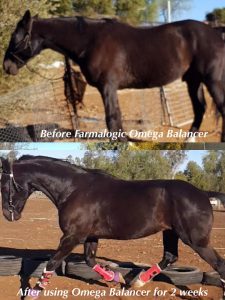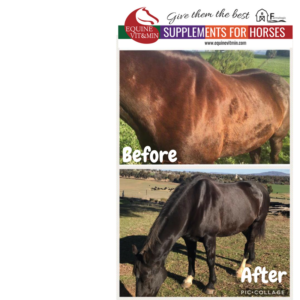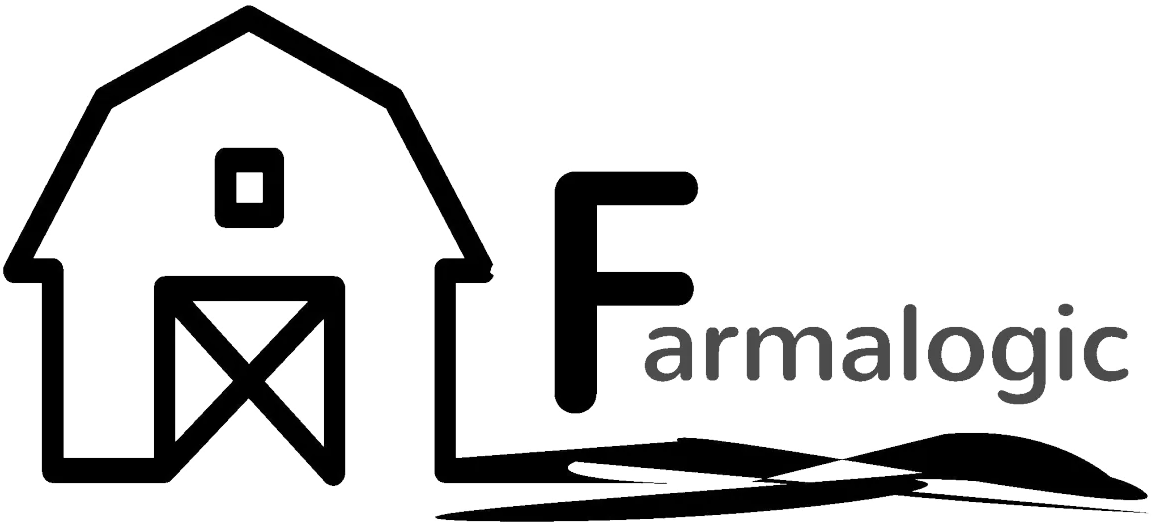In springtime, it is common to see horses shining with good health, right? But are they really in optimum health?
Green grass is rich in natural fats which make the coat shine even if the horse is mineral deficient. Horses ALWAYS need mineral supplementation to balance the mineral deficiencies from their forage-based diets and to correctly balance critical mineral ratios. Minerals can be added through a pre-mixed feed and/or with a supplementary balancer.
A mineral deficient horse can be ‘healthy’ (in that the horse is not unwell) but it cannot be in optimum health without a well balanced diet supplying all of it’s nutritional needs.
OILS
Whilst any type of oil in the diet can help with shine, a healthy diet for a horse will balance the fatty acid ratios towards the levels and ratios naturally found in grass. Grass contains about four times the amount of anti-inflammatory omega-3 fatty acids than omega-6. Dried grass (hay and chaff), grains and most other vegetable oils (including canola and sunflower seeds or oil) are much higher in pro-inflammatory omega-6 compared to omega-3.
 Therefore a horse eating lots of hay or hard feed needs more omega-3 added to the diet to increase the omega 3 to 6 ratio to a level similar to grass. Omega 3 rich supplements such as Equine Vit&Min Omega-3 PLUS, Farmalogic Omega Balancer, linseeds, chia seeds, linseed oil or fish oils are best if your horse is relying on hay for roughage or is on a high grain diet.
Therefore a horse eating lots of hay or hard feed needs more omega-3 added to the diet to increase the omega 3 to 6 ratio to a level similar to grass. Omega 3 rich supplements such as Equine Vit&Min Omega-3 PLUS, Farmalogic Omega Balancer, linseeds, chia seeds, linseed oil or fish oils are best if your horse is relying on hay for roughage or is on a high grain diet.
MINERALS
Good nutrition can bring out the best coat colour your horse is genetically programmed to have. Having the correct levels of copper and zinc, and the correct ratios between them are necessary to allow the body to make the pigments that colour hair. The levels of copper and zinc also need to be balanced in relation to iron and manganese. When the levels of copper and zinc are not balanced with the iron status of the forage, a horse’s coat can appear lighter than normal, faded or ‘sun-bleached.’
 Since grass and hay are high in iron, if you add any more iron to the diet it becomes almost impossible to balance the copper and zinc (and since dietary iron levels are normally well over daily requirements, why add more anyway? ….. so read the label on your supplement carefully).
Since grass and hay are high in iron, if you add any more iron to the diet it becomes almost impossible to balance the copper and zinc (and since dietary iron levels are normally well over daily requirements, why add more anyway? ….. so read the label on your supplement carefully).
Zinc and copper are microminerals or trace elements necessary for healthy skin, hair and hooves. Scientific research has shown that the horn from hooves containing lower zinc concentrations are not as hard and strong as those with higher levels of zinc. Zinc is used in more than one hundred enzymes in the body responsible for a large number of cell functions including energy metabolism, cell division and keratinization (the growth of hair and hooves). Copper forms an important part of numerous enzymes in the body, including some responsible for connective tissue formation, pigmentation of coat colour, cell respiration and anti-oxidant functions.
VITAMINS
The B-group vitamins B7 (biotin) and B6 (pyridoxine) work together to produce keratin which is important for hoof and hair health. Horses at pasture and leading a life free from stress, illness or hard work will generally produce enough B-group vitamins in conjunction with their gut microbial population. Hard-working, stressed or ill horses may need supplemental vitamin B to meet needs.
QUALITY PROTEIN
The diet must also supply enough proteins with a good balance of amino acids, the building blocks of proteins. For adult horses, the total level of protein necessary is usually easily provided by the roughage they consume, but it is important to check that the levels of the most commonly limiting amino acids are also present. Generally lysine, threonine and methionine are those that are most frequently limiting in a poor quality diet. Tyrosine is also needed for a dark black coat color in the horse. Full fat soybean meal contains these frequently limiting amino acids and is often the easiest way to supplement them in a balanced diet.
WHY DO EQUINE VIT&MIN CUSTOMERS SEE RESULTS IN COAT AND HAIR GROWTH?
All Equine Vit&Min products are scientifically formulated to balance the mineral ratios across the diet to within recommended ranges. There are many benefits to feeding a correctly balanced diet, but one of the first advantages you will notice is a deepening of coat colour intensity.
Equine Vit&Min Omega-3 PLUS has the added advantage of balancing omega-3 to 6 fatty acid ratios and giving coats an incredible shine. It is particularly important to supplement with omega-3 oils when horses are relying on hay for roughage. With correct mineral and fat supplementation, even a hay-reliant horse can glow like a show pony.
Over time, a well balanced diet will also lead to growth of the best mane, tail and hoof tissue that your horse is genetically programmed to produce. As an owner you will still need to mange the many other environmental factors that impact on manes, tails and hooves to get the best out of the nutrition you provide. These factors include rugs, insecticides, strategies to prevent rubbing, appropriate fences, shelters, correct and regular farriery, providing appropriate surfaces during weather extremes and so on.
Many horses fed correctly balanced diets also become more metabolically efficient at using energy, meaning you can save money on the amount and type of hard feeds your horse requires.


